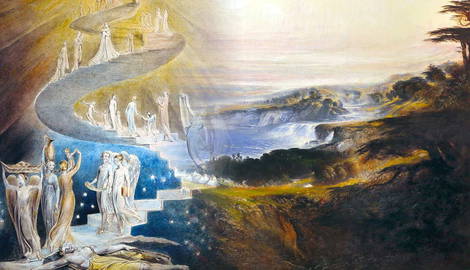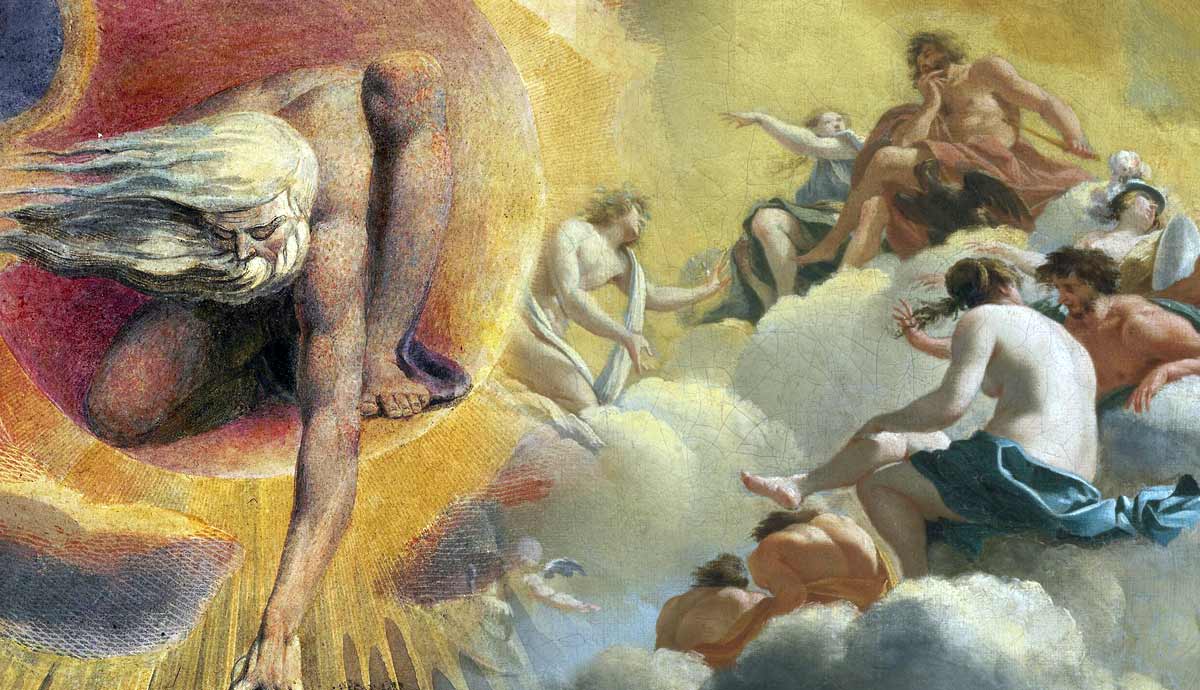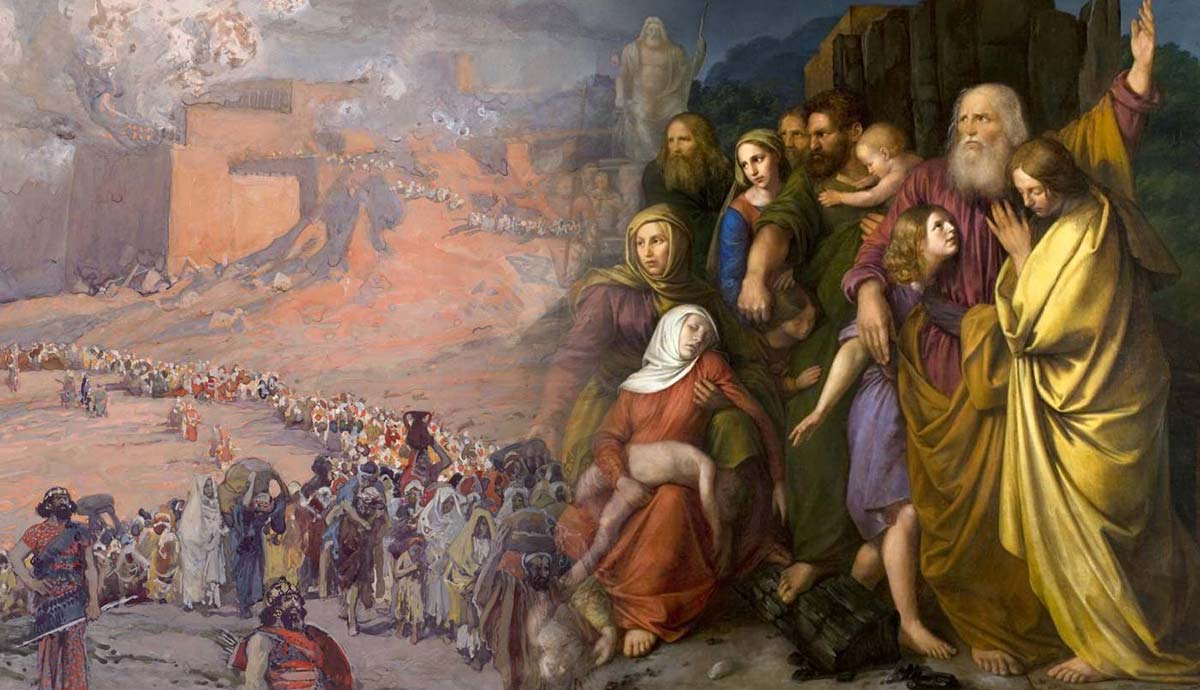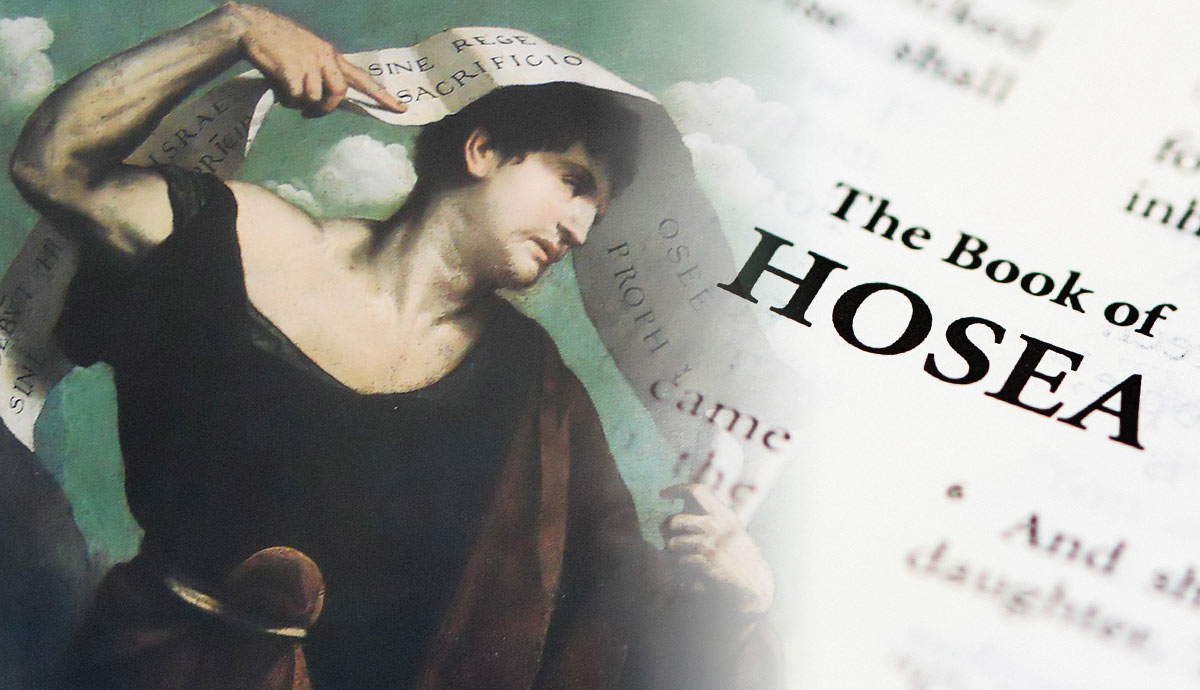
For millennia, different religions have proposed ideas of holiness that are similar in structure. These range from ritual purity to moral codes of behavior to special objects or places set aside from common use. Rudolf Otto analyzed the substance behind these forms and found them to originate in a unique mental state that overwhelms the subject. He called this experience “the numinous” and he deconstructed it into its different parts. He also looked for parallels between religions, and looked at non-religious phenomena. His ideas have impacted many academic disciplines.
Who was Rudolf Otto?

Rudolf Otto was a German theologian who was born near Hanover in 1869. He was a Lutheran by denomination and wrote his university dissertation on Luther’s doctrine of the Holy Spirit. Otto became a professor in 1917 at the Divinity School of the University of Marburg. He held this position until his retirement in 1929 and died in 1937 from pneumonia.

There are a few details about Otto’s life that help shed light on his work. Although Otto was a theologian, he conducted original research on philosophers such as Descartes and especially the transcendental idealism of Immanuel Kant. Perhaps more importantly, Otto conducted an extensive international trip from 1911 to 1912. It took him to India, China, and Japan, as well as Palestine and North Africa. Otto would credit a visit to a Moroccan synagogue during this period as formative in the development of his idea of the holy.
What is “The Idea of the Holy?”

The full title of Otto’s 1917 book is The Idea of the Holy: An Inquiry into the Non-Rational Factor in the Idea of the Divine and its Relation to the Rational. The main title shows that Otto’s primary objective was to explore the concept of holiness as it was experienced through different religions. But he would employ an experimental approach that described holiness as an essential structure of all true religious experience—one that was incomparable, irreducible, and overwhelming.
The subtitle is important in understanding the course Otto was attempting to plot in his book. The task he set himself was to steer a middle course between two extremes. Otto drew a distinction between the irrational and the rational. Irrational views of holiness were “extravagant and fantastic” but purely rational analysis fails to capture the true feeling of holiness when scholars apply the concept to so many different phenomena. Otto claimed that holiness was non-rational rather than irrational: Beyond reason but not against it.
Traditional Interpretations of Holiness

To understand this non-rational view of holiness, Otto held it was vital to introduce new terminology that was not so loose or indeterminate as to prove useless. Traditional definitions of holiness tended to follow one of two paths. Either they focus on basic religious rites that make or keep an adherent holy (often associated with washing and eating), or holiness can take on the moral meaning of someone or something that is “completely good” in its ethical character.
Instead of these two interpretations of the holy, Otto provides a new word to describe it and a new area for its application. The new term he uses is the “numinous,” adapted from the Latin numen, which means divinity, or by extension, the divine presence and power. In general terms, Otto described it as a mental state. More specifically, he described it as a “creature-feeling” or creature-consciousness.
“It is the emotion of a creature, submerged and overwhelmed by its own nothingness in contrast to that which is supreme above all creatures…All that this new term, ‘creature-feeling,’ can express, is the note of submergence into nothingness before an overpowering, absolute might of some kind.”
This metaphysical meaning of holiness provides a better explanation than ritual or ethical meanings. It explains how the quality and value of holiness can be transferred to objects, times, people, and places.
What is “the Numinous?”

Otto helpfully encapsulated his entire vision of the numinous into a single Latin phrase: mysterium tremendum et fascinans. It is a mystery that is both fearful and fascinating at the same time, in the same experience. These elements make up a “harmony of contrasts” by which the holy both pushes us away and pulls us toward it. The most important chapters of his book are built around an explanation of what this phrase means.
Chapter Four analyzes the fearfulness (“tremendum”) of the numinous. Otto breaks this down into three feelings: awfulness (especially divine wrath and jealousy), overpoweringness (majestas or majesty), and urgency or energy. Chapter Five is an analysis of the mystery element of the “Wholly Other” (ganz andere in German, totaliter aliter in Latin). Some modern theologians like Karl Barth have used this as a designation for God. Chapter Six explains the element of fascination. The numinous fills us with wonder and entrances us, even to the level of a Dionysian sense of “dizzy intoxication.”
Concepts Related to the Numinous

One of the most interesting sections of the book is Chapter Seven, in which Otto looks at analogies and associated feelings for the numinous in everyday experience. Throughout the book, Otto has argued that the feeling of the numinous is sui generis: unique and in a class by itself. But he does find parallels in other categories, such as the demonic, the sublime, the mystic or ecstatic, and even the erotic.
There are several modern concepts and phrases that can help us grasp what Otto meant by the numinous. While not exactly equivalent, they are at least analogous. For example, “sense of wonder” is a positive phrase often associated with science fiction for a similar feeling, while “the uncanny” represents the negative version. So-called “weird”’ fiction—a subcategory of pulp fiction that is often associated with the cosmic horror of HP Lovecraft—often tries to capture this sense of the supermundane and eldritch. Interestingly, these are all words that Otto discusses in his book, along with “alien” and “horror”—all of which make parts of the book read like it was written much more recently.
The Bible and the Numinous

Although Otto exhibits a great interest in comparative religion and freely quotes from different holy scriptures throughout his book, he remains a Christian theologian. Otto’s use of different Bible stories and verses to illustrate his points is extremely insightful. Key among his favorite texts for encapsulating the sense of the numinous from the Bible include: Abraham interceding for Sodom (Genesis 18), Jacob at Bethel (Genesis 28), Moses and Isaiah receiving their commissions (Exodus 3; Isaiah 6), and Job receiving his answer from God (Job 38).
There are two more sets of texts used by Otto that are worth mentioning for different reasons. One is an often-overlooked verse towards the end of Mark (16:32) in which Jesus, towards the end of his life, predicts his death and resurrection to his disciples, whose reaction is one of stupor and tremor at the mysterium. The second is Otto’s unique translation of two Old Testament texts that give them a new and spectral sense:
Yahweh haunts His holy temple. (Habakkuk 2:20)
LORD, I have loved the habitation of thy house, and the places haunted by Thy majesty. (Psalm 26:8)
The Lasting Impact of Rudolf Otto

Otto’s book was one of the most successful theological books of the twentieth century. Its influence on modern continental theologians like Karl Barth and Paul Tillich is well known. Perhaps more unexpected is his impact on CS Lewis.
Lewis discussed the numinous in The Problem of Pain (1940). He conducted a thought experiment in which the reader was in a room but in the next room was a succession of different beings: a tiger, then a ghost, and finally a “mighty spirit.” The first would produce fear; the second, an uncanny dread. And the third?
“Your feelings would then be even less like the mere fear of danger: but the disturbance would be profound. You would feel wonder and a certain shrinking — a sense of inadequacy to cope with such a visitant and of prostration before it…This feeling may be described as awe, and the object which excites it as the Numinous.”

Otto’s concept of the numinous had a large impact on subjects outside theology too. This is hardly surprising since his book is available in twenty languages and has never been out of print. Historian of religion Mircea Eliade used Otto in his seminal 1954 book The Sacred and the Profane. Otto also influenced thinkers as significant as psychologist Carl Jung and philosopher Martin Heidegger. The mythologist Joseph Campbell—whose “hero’s journey” model was used by Geroge Lucas in the Star Wars franchise and by scriptwriters ever since—spoke in Otto’s language throughout his works, including The Power of Myth:
“They [mythic images – AB] are speaking about the deep mystery of yourself and everything else. It is a mysterium, a mystery, tremendum et fascinans – tremendous, horrific, because it smashes all of your fixed notions of things, and at the same time utterly fascinating, because it’s of your own nature and being… You play your part, not withdrawing from the world when you realize how horrible it is, but seeing that this horror is simply the foreground of a wonder: a mysterium tremendum et fascinans.”










